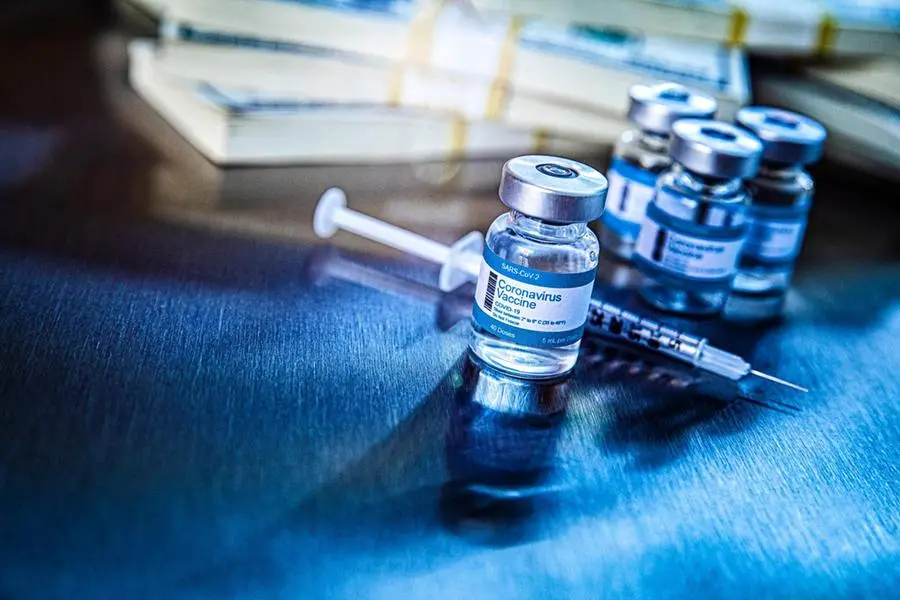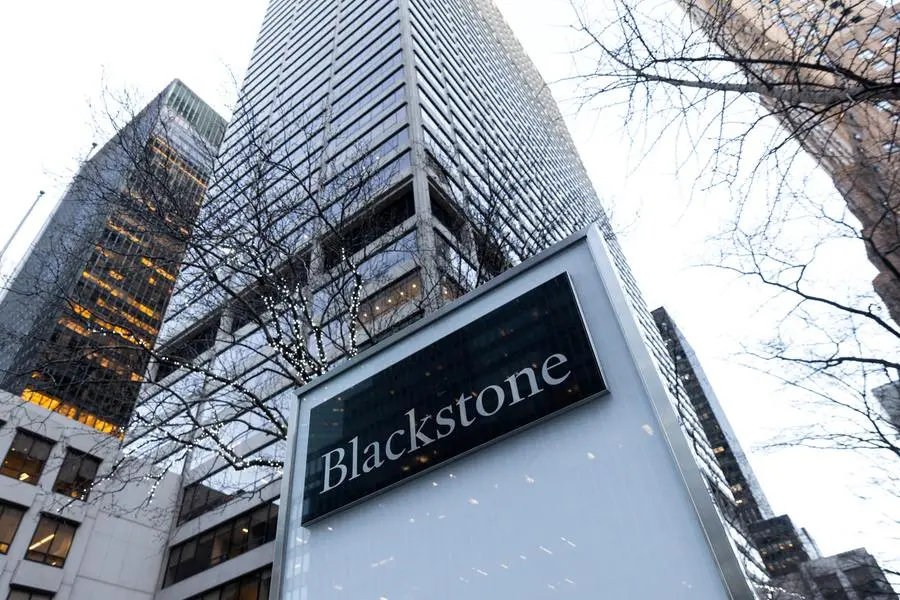PHOTO
Covid-19 vaccine. Getty Images
A mix-and-match Covid-19 vaccination procedure proved its worth when it came to booster jabs, latest research has revealed.
Augmenting a two-dose Sinopharm vaccination schedule with a Pfizer booster provided individuals with stronger immunity against the virus, compared to sticking with a Sinopharm booster.
The research study was conducted by a team of 49 researchers led by Royal College of Surgeons in Ireland (RCSI) Bahrain founding head of microbiology and Bahrain Defence Force (BDF) Hospital infectious disease consultant and microbiologist Lt Col Dr Manaf Al Qahtani, who is also part of the National Medical Taskforce for Combating the Coronavirus.
“Two prime-boost schedules were compared: arm that received two doses of BBIBP (the industry term for Sinopharm) in the previous three to six months, followed by a third homologous booster of BBIBP, and a second arm that received two doses of BBIBP in the previous three to six months, followed by a third heterologous booster dose of BNT (Pfizer-BioNTech),” researchers wrote in the study.
The study is titled, ‘Safety and Efficacy of Covid-19 Prime-Boost Vaccinations: Homologous BBIBP-CorV versus Heterologous BNT162b2 Boosters in BBIBP-CorVPrimed Individuals’ and has been accepted for publication in the upcoming edition of Vaccine, the official journal for the Japanese Society for Vaccinology.
In this context, homologous refers to those who received the Sinopharm booster after the regular Sinopharm dose, while heterologous refers to those who were administered the Pfizer-BioNTech booster after the Sinopharm dose.
A total of 305 participants were included in the final analysis, out of 384 eligible subjects. While all received the Sinopharm vaccine three to six months before the start of the study, 152 received a Sinopharm booster and 153 received the Pfizer-BioNTech booster.
Additionally, all participants in the study were required to be 21 or older, had to be asymptomatic 24-hours before receiving the booster dose and had to show a negative rapid test on the day of the vaccination.
Participants received a call the day after and five days after receiving the booster, followed by weekly follow-up calls to assess and record any adverse effects of the vaccine. In addition, participants also received an electronic diary system to note down any side-effects they felt.
Researchers reported that those who received the Pfizer-BioNTech booster had a ‘higher rate of non-serious adverse events’, compared to those who received the Sinopharm booster, including ‘injection site pain, fever and fatigue’.
Amongst the Pfizer-BioNTech booster group, 55 per cent reported pain, 15pc reported fever and 14.4pc were fatigued. Among the Sinopharm booster group, 22pc reported pain, 5.2pc reported fever and 6.5pc reported fatigue.
However, the adverse effects were all ‘minor and self-limiting’, indicating that the Pfizer-BioNTech booster was a ‘safe and well-tolerated option’.
At the end of the eight-week study period, those who took the Pfizer-BioNTech booster showed significantly larger increases in immunity compared to the Sinopharm booster group, with certain antibodies showing as much as a 32.7-fold improvement.
“Although the homologous prime-boos strategy offers a reliable and tested immune enhancement, heterologous vaccination has been shown to significantly induce more immunogenicity in a number of recent trials,” researchers noted.
“Evidence for the efficacy of heterologous prime-boost strategies may also help facilitate vaccine-sharing in an effort to address global distribution inequities.”
Copyright 2022 Al Hilal Publishing and Marketing Group Provided by SyndiGate Media Inc. (Syndigate.info).























